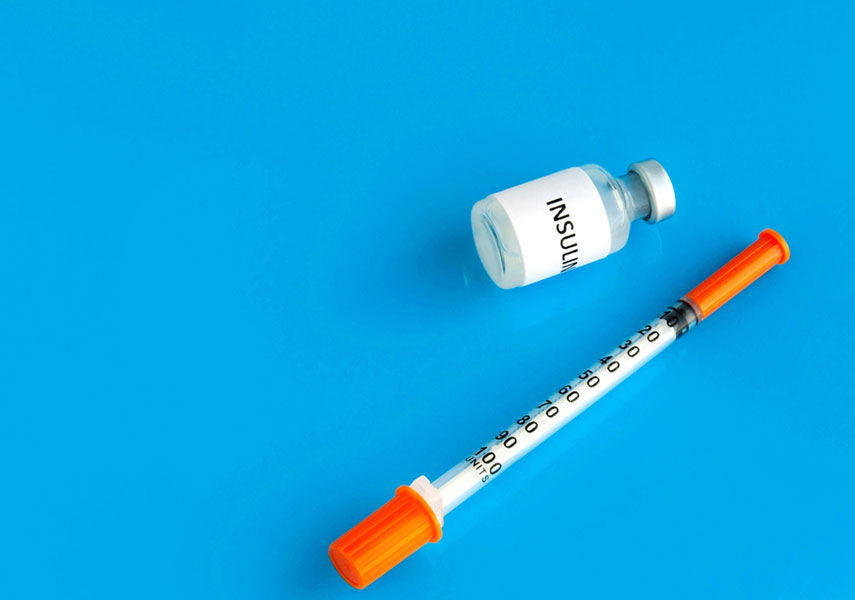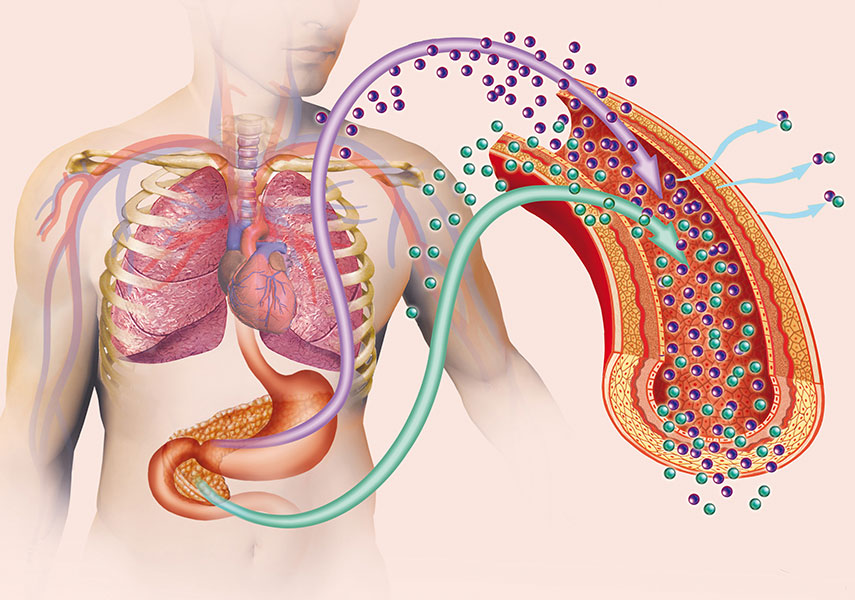Jul 25, 2018 | Everyday Wellness
A 2006 study of 70 healthy athletes, published in the Journal of the International Society of Sports Nutrition, found that food alone doesn’t get the body all the nutrients it body needs, and all of them were deficient in at least three critical items. If top athletes are nutrient deficient, what about the rest of us? The 7 Most Common Nutrient Deficiencies Worldwide, why are we so deficient? Why are we so deficient in key nutrients? Signs you may have nutrient deficiency.
Jul 25, 2018 | Everyday Wellness
The avocado is the subject of a recent article by Joel Marion, CISSN (which means he is a Certified Sports Nutritionist from the International Society of Sports Nutrition). Here are some highlights of that excellent article. It’s the only fruit (yes, it’s a fruit, which used to be called “alligator pears”) with an unusually high amount of friendly fat, and it’s virtually sugar free! It’s loaded with dietary fiber, so it’s great for stabilizing blood glucose levels–meaning it’s great for us with diabetes and pre-diabetes. Since fluctuating blood sugar level is the hallmark trait of diabetes, we need to eat foods that help our condition. Avocados is a good stabilizer. Its high fiber content is great for helping to lower risk for heart disease, reduce the bad cholesterol, and raise the good cholesterol. A study published in the Journal of the American Heart Association recommends one avocado per day. It’s…

May 29, 2018 | Everyday Wellness
Parsley is alkalizing and flavorful, and it made the “Save Our Bones” list, so make sure you add it to your meals and never toss it when it garnishes the plate! Here are some of its values:

May 29, 2018 | Everyday Wellness
A study performed at The University of Eastern Finland, and published in the American Journal of Clinical Nutrition, studied the diets of men aged 42 to 60, and followed them for 20 years on average to find out if they developed Diabetes. The study concluded that people who ate an average of 4 eggs per week had a 37% lower risk of developing type 2 Diabetes than people who only ate 1 egg per week.

May 29, 2018 | Everyday Wellness
Sayer Ji, founder of www.greenmedinfo.com, extols the benefits of walnuts, because they benefit your heart, brain, bones and more. Here are his 12 reasons to eat more, all of which are backed by scientific, published studies.

May 29, 2018 | Everyday Wellness
Polyphenols are potent phytochemicals we can get from plants, and their antioxidant and anti-inflammatory protections work at the cellular level, meaning that they fortify every cell in our bodies! The next question becomes, “Where can I get some?” Look for bright- and dark-colored foods, such as grapes, berries, exotic spices, and also in red wine, coffee, and even dark chocolate! They are also abundant in certain tree fruits, like olives and pomegranates. A 2009 study* found that “Long-term consumption of diets rich in plant polyphenols offer protection against development of cancers, cardiovascular disease, diabetes, osteoporosis, and neurodegenerative diseases.” Polyphenols have been widely studied in recent years.

Jul 18, 2017 | Everyday Wellness, Recipes for Relief
Magnesium is an essential mineral. It assists with muscle and nerve function, supports the immune system, regulates heart rhythm, and keeps bones strong. Americans consume the highest amount of calcium but maintain the highest amount of osteoporosis. Why? It’s because calcium is not fully absorbed without magnesium. We all suffer from too little magnesium! Magnesium is an essential mineral. It assists with muscle and nerve function, supports the immune system, regulates heart rhythm, and keeps bones strong. Ongoing studies are evaluating magnesium’s role in preventing and managing hypertension, diabetes, and heart disease. Studies have found that 68% of us don’t get even the recommended daily intake of magnesium, and about 80% of Americans are deficient. Dr. Russell Blaylock, a board-certified neurosurgeon who used magnesium extensively for brain injuries, recommends 1,000 mg of magnesium a day, yet the RDI is only 400 mg, and bioavailability is the key. Dr. Blaylock tells…

Jul 18, 2017 | Everyday Wellness
We are so happy to be able to help diabetics to get their lives back! Our patients continue to furnish testimonials to the benefits—from increased energy to diminished neuropathy to reducing medications to avoiding dialysis and amputations! Here is why our patented process gets those good results. What’s wrong in the body? In patients with metabolic disorder, the pancreas has become dysfunctional and is not producing the proper hormone signals in the way that the liver is expecting to read them. Based on the signal loss, the liver then down-regulates, waiting to receive the signals. This down-regulation is manifested by a lack release of enzymes and micronutrients that the cells desperately need for proper restoration. When liver doesn’t properly feed the cells, they do not repair. Thus begins the downward-spiral of symptoms and the barrage of medications to the “rescue.” Against this backdrop, here’s how our metabolic restoration works. Based…

Jul 18, 2017 | Everyday Wellness
Insulin enters the bloodstream faster from some areas of the body than from others, and experts now tell us that WHERE you take your shot can affect your blood sugar levels. Generally, insulin enters the blood: Fastest from the abdomen (stomach area) Slower from the arms More slowly from the legs Slowest from the buttocks. Exercising speeds up the amount of time it takes insulin to enter your blood, so your injection site will depend on how quickly or slowly you prefer. For example, if you plan to eat right after taking your shot (in a hurry,etc.), you want to use a site on your stomach. Then the insulin is available faster to handle the after-meal rise in your blood sugar. If you will be exercising, you won’t want to take your shot in your leg or arm, because exercising those areas quickens the amount of time for the insulin…

Jul 18, 2017 | Everyday Wellness, Recipes for Relief
If you’re using these oils, get rid of them! 1. Canola Oil 2. Safflower Oil 3. Soybean Oil 4. Cottonseed Oil Canola oil is rapeseed oil modified by deodorizing, bleaching, and exposing to high heat. It has been linked to muscular disorders and fatty degeneration of the heart, kidneys, adrenals, and thyroid gland. “Canola” is not found in nature, and animals and insects avoid the cyanide-laden rape plant. Why use it? The high omega-6 content of safflower oil makes it a danger to your heart. Dangerous poisons (trifluralin, cyanide, dicofol, propargite, and naled) are used on cotton crops. They work their way deep into the plants and transform them into toxic organisms. Fine for clothing, but no cottonseed oil inside your body! 80% of the oil we consume today is soybean oil. 93% of American soy is GMO! This highly processed soy has been linked to thyroid damage and hormone…

Aug 16, 2017 | Everyday Wellness, Recipes for Relief
Hundreds and hundreds of delicious foods are now available to keep diabetics on track with their eating habits. Twenty-five years ago when Hunter became a diabetic, my “go to” foods had to be eliminated: NO potatoes, NO white rice, NO white bread, NO pasta, NO ice cream, NO brownies, NO pies. Everything good: GONE. Since then, I’ve learned that hundreds and hundreds of delicious foods are now available to keep diabetics on track with their eating habits. Here’s a few tips for buying diet-friendly foods I’ve learned along the way. WARNING: Just because a product is labeled “sugar-free” does not necessarily mean it’s good for you. Also: Just because its label reads “low fat” or “no fat” or “fat free,” it does not necessarily mean it’s okay for your consumption. When fat is removed, sugar is added. READ THE LABELS. First and most important to me is the carbohydrate number. If it is 20 grams…

Aug 16, 2017 | Everyday Wellness
What if I said, “How are you?” You might respond, “I’m fine, thank you.” If I said, “¿Como estás?” You might respond, “Muy bién, grácias.” What if I said “Guten Tag” or “A salam alaikum”? You might be confused. Well, that’s a lot like what happens when you have diabetes. Your pancreas and liver are no longer having a productive conversation. It’s like they are no longer speaking in the same language. We know how the pancreas communicates, and we know that the liver will respond appropriately when it hears the right signals. Yet when traditional therapy treats diabetes, insulin is given in a way that doesn’t appropriately signal the liver. Diabetes Relief’s therapy restores that communication. Once these two organs get back on the same page, we start to appreciate that it wasn’t that the patient had become “insulin resistant;” it’s more like the pancreas stopped speaking to the liver in a way the…










